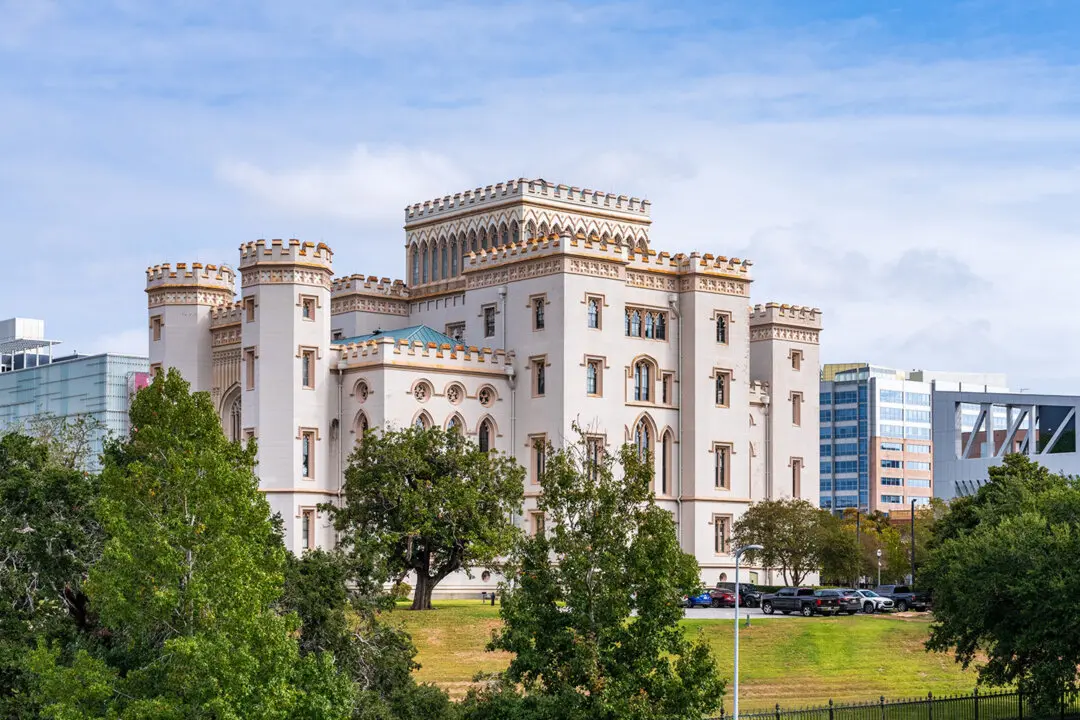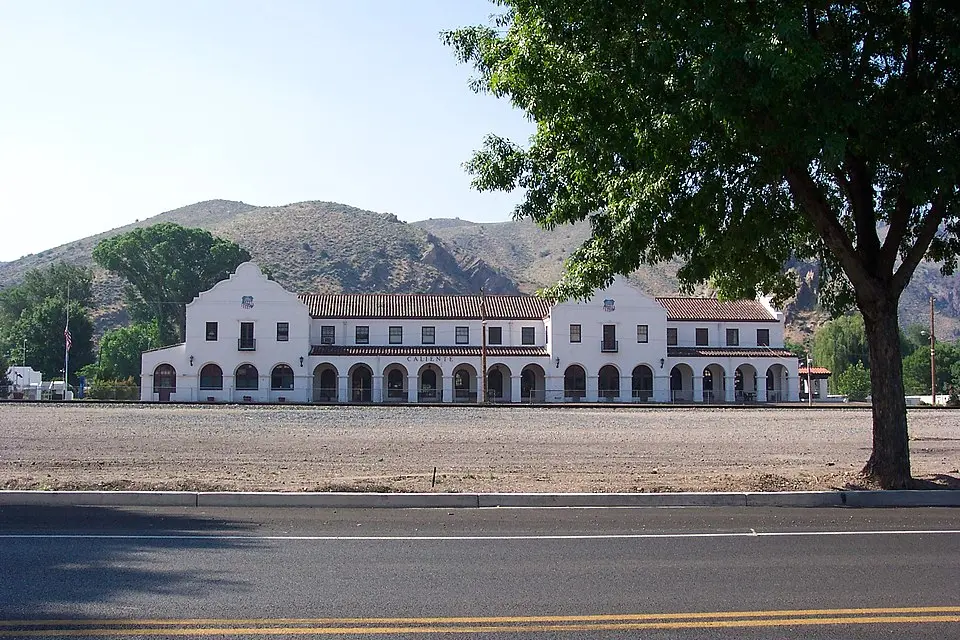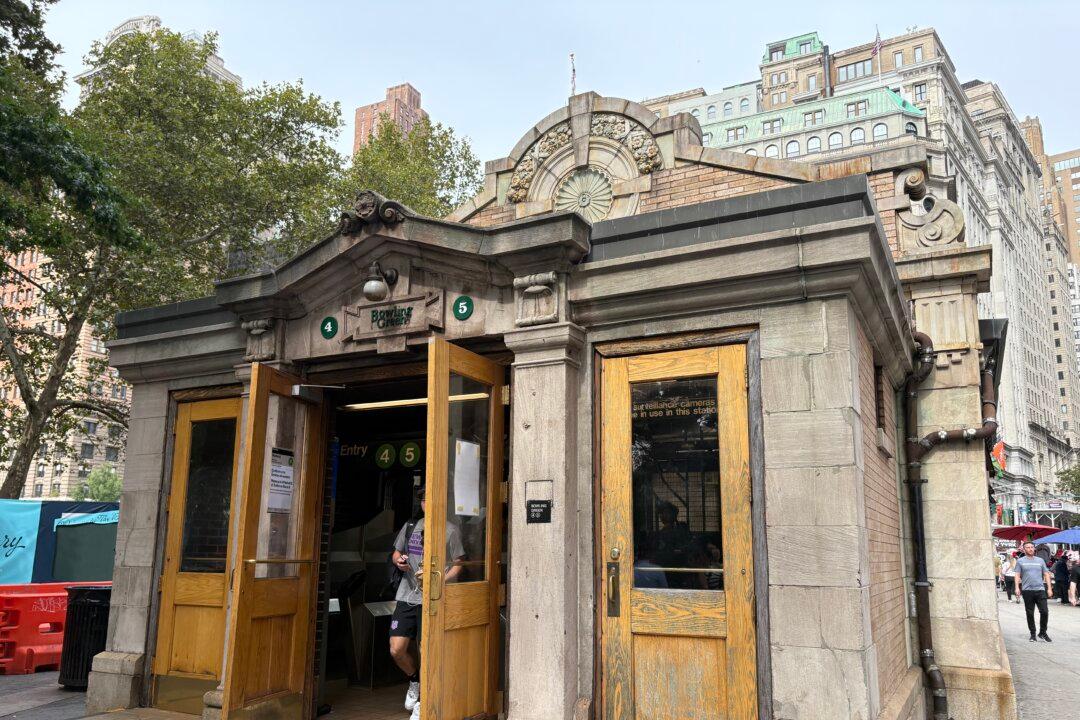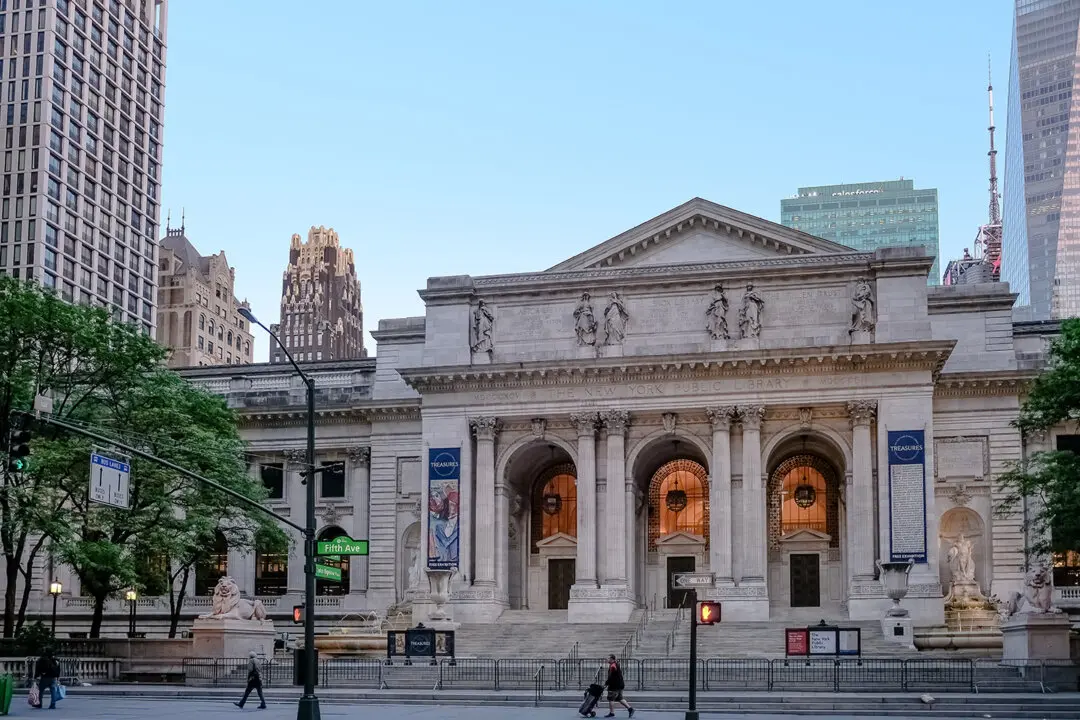The piercing sound of steel grinding steel and the shrill of a whistle once resonated throughout the hills of south-central Kentucky as a passenger train approached one of the country’s top tourist attractions. For 45 years, a nine-mile track brought thousands of visitors to America’s longest cave system.
Today, the track is no more, but the route still exists for cyclists and walkers to enjoy. The wide path is a history lesson, from the original trains on display to remnants of structures and cemeteries along the way.





